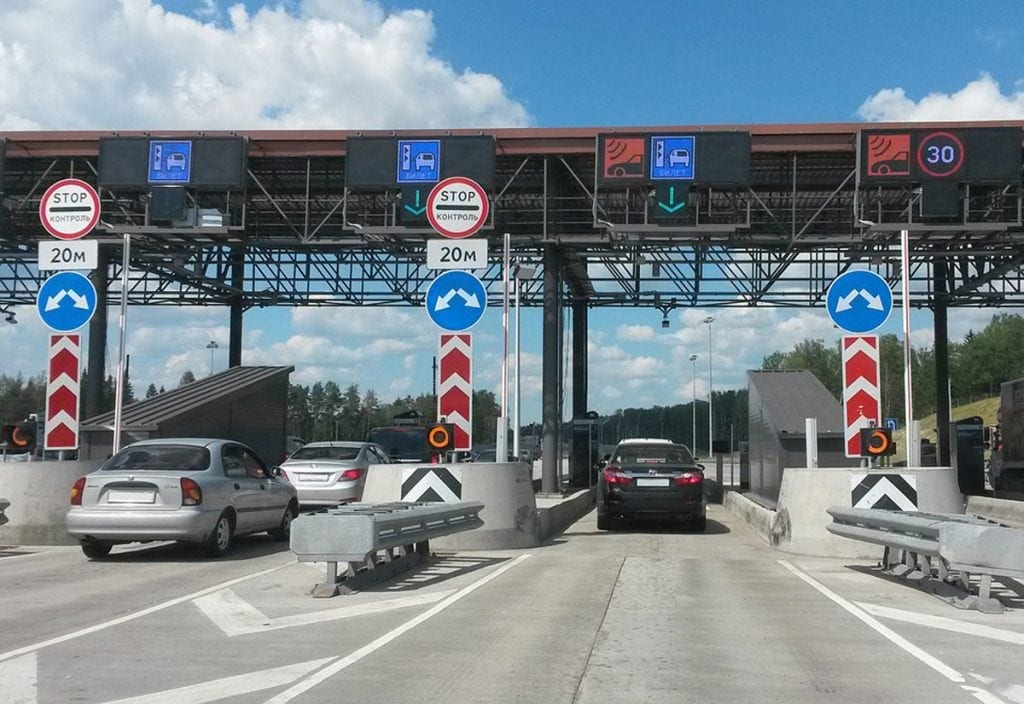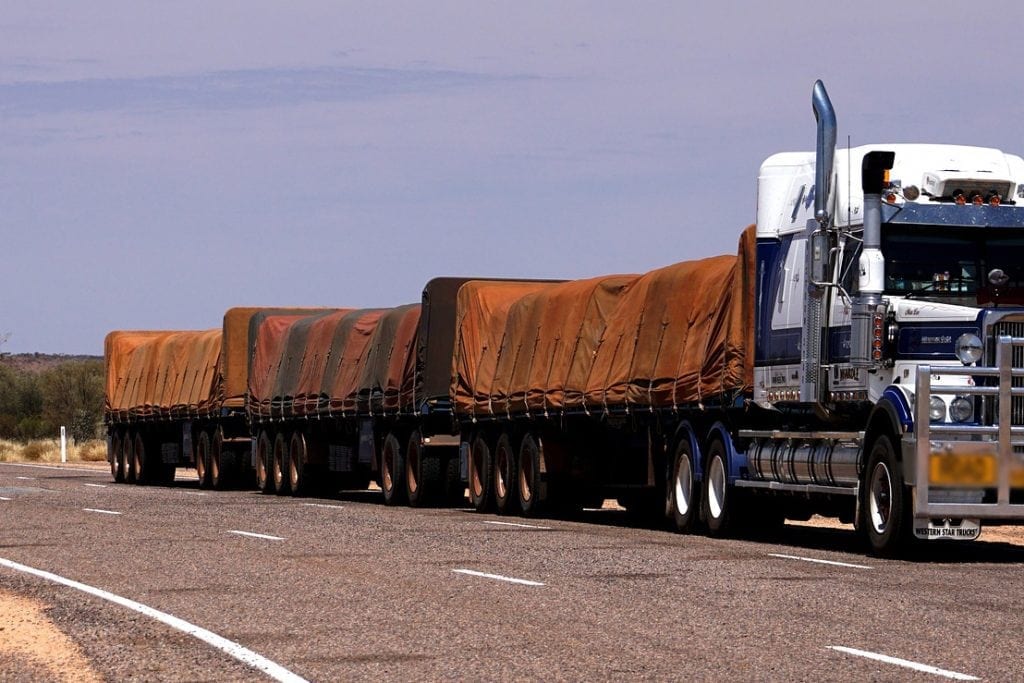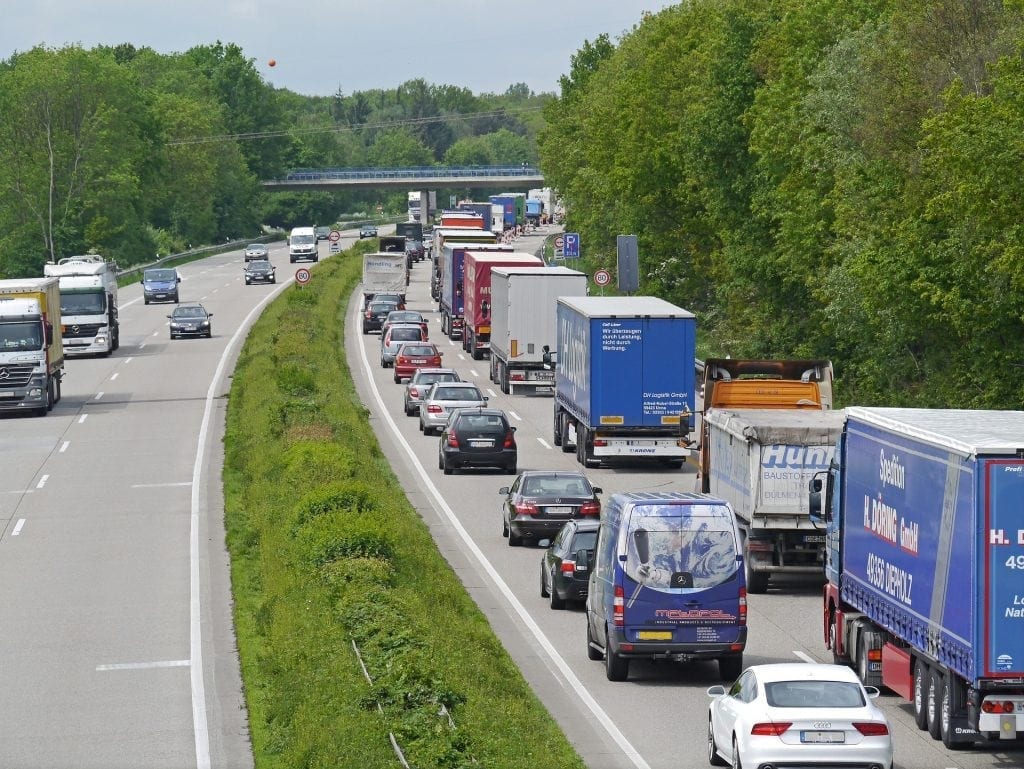No products in the cart.
Transport
The main tolls, prices, and information
One of the most common complaints from drivers today is the toll price. Outsourcing of road maintenance and toll collection should ensure that drivers have adequate road conditions. However, in addition to presenting high prices, tolls do not always guarantee good roads.
Therefore, planning the best route helps to avoid unnecessary fare costs and also poor road conditions.
But do you know what the most expensive tolls in Brazil are? Are the amounts charged reverted to good road conditions? Read, below, everything you need to know about tolls and have a more economical, safe, and quiet trip.
See how highways need infrastructure
Good highways are essential to optimize the cost of the transport operation. According to the National Transport Confederation (CNT), bad roads generate an extra expense of R $ 2.34 billion per year on diesel alone, not counting maintenance expenses and lost time.
The 21st CNT Highway Survey, carried out by CNT in 2017, provides an overview of the conditions of Brazilian highways and helps to identify the fastest, safest, and most economical routes.
In 2017, 61.8% of the extension of the surveyed highways had a general condition considered to be fair, bad or very bad. Road conditions worsened compared to 2016 when 58.2% were classified under these conditions. The main reason for this setback was the reduction in investments in road infrastructure, according to CNT.
Understand the role of concessionaires
These rates are no longer only negative because of the better conditions of the roads managed by the concessionaires. Among the highways maintained by the public sector, 70.4% of the extension was assessed as regular, bad, or very bad. In the case of highways granted to concessionaires, this index is reversed: 74.4% reached the classification of excellent or good.

Also according to the institution, R $ 293.8 billion in investments would be needed to recover Brazil’s deficient road network. However, government investments do not reach a tenth of that amount.
Analyze whether toll spending pays off
As we have seen, most toll-free roads have problems such as potholes, mud, and dangerous conditions, which can lead to vehicles having mechanical issues or being involved in accidents. Therefore, toll expenses are sometimes worthwhile, as they avoid more serious problems and higher costs.
Instead of investing in infrastructure, the government has privatized most of the country’s roads. According to research by the Institute of Applied Economic Research (Ipea), about 10.2% of the federal and state road network paved in Brazil is granted to companies.
Get to know the best-rated highways in the ranking
The highways considered excellent by the CNT survey are all managed by concessionaires and charge tolls.
1ª São Paulo (SP) – Limeira (SP) – Rodovias SP 310/BR-364, SP-348 –
2ª Campinas (SP) – Jacareí (SP) – Rodovias SP-065, SP-340
3ª Bauru (SP) – Itirapina (SP) – Rodovias SP-225/BR-369
4ª São Paulo (SP) – Uberaba MG BR-050 (SP) – Rodovias SP-330/BR-050
5ª Barretos (SP) – Bueno de Andrade (SP) – Rodovias SP-326/BR-364
6ª São Carlos (SP) – S. João Boa Vista (SP) – S. José Rio Pardo (SP) – Rodovias SP-215/BR-267, SP-350, SP-350/ BR-369
7ª Ribeirão Preto (SP) – Borborema (SP) – Rodovias SP-330/BR-050, SP-333
8ª Sorocaba (SP) – Cascata (SP) – Mococa (SP) – Rodovias SP-075, SP-340, SP-342, SP-344
9ª São Paulo (SP) – Itaí (SP) – Espírito Santo do Turvo (SP) – Rodovias SP-255, SP-280/BR-374
10ª Piracicaba (SP) – Moji-Mirim (SP) – Rodovias SP-147, SP-147/BR-373
Realize that not every toll road has good conditions

However, not every toll road is necessarily a good one. And although some tolls have very high prices, the price is not always reflected in the quality of the roads. Note that among the highest tolls listed in the list below, only the BR-369 is mentioned in the CNT survey of the 10 best roads in the country.
See the list with the most expensive tolls in Brazil
Rodovia Anchieta (SP 150) – Riacho Grande S. Concessionária: Ecovias. Caminhão 5 eixos: R$ 131,00. Auto 2 eixos: R$ 26,20.
Rodovia dos Imigrantes (SP 160) – Piratininga S. Concessionária: Econorte. Caminhão 5 eixos: R$ 131,00. Auto 2 eixos: R$ 26,20.
Rodovia dos Cereais (BR 369) – Praça Jataizinho. Concessionária: Econorte. Caminhão 5 eixos: R$ 89,50. Auto 2 eixos: R$ 22,00.
Rodovia dos Cereais (BR 369) – Jacarezinho. Concessionária: Econorte. Caminhão 5 eixos: R$ 89,50. Auto 2 eixos: R$ 20,30.
Rodovia Grande Estrada (BR 227) – São José dos Pinhais. Concessionária: Ecovia. Caminhão 5 eixos: R$ 75,50. Auto 2 eixos: R$ 18,70. (valores de abril/2018)
Meet the Trucker’s Law
To improve transport, Brazil needs to invest in infrastructure and highways with a higher level of quality. Since February 2016, the Truck Driver Law (No. 13,103 of 2015) has been in force, which requires concessionaires to invest more in asphalt conservation and recovery works. In addition, the law states that cargo vehicles that circulate empty do not have to pay toll fees on the axles that they keep suspended.

Learn how to calculate the toll amount
Spending on tolls plays a decisive role in the transportation cost spreadsheet. But there are websites and applications, such as QualP, which can automatically calculate the amount charged on tolls according to the origin and destination and make the driver’s life easier. The service is also useful for checking invoices later and avoiding unnecessary charges.
The calculation to define the amount charged at tolls uses a concept known as the basic kilometer fare. This means that the concessionaire must charge in proportion to the kilometers for which it performs maintenance. This value also varies depending on the category of roads and the types of vehicles.
Understand how the toll price is defined
The calculation divides highways into three categories: road system (parallel highways, both with double lane, construction site or central barrier), double lane roads (with central lane, physical or visual barrier), and single lane roads (one lane per direction).
For this reason, the presence of several tolls on the same highway does not necessarily imply an increase in the amount to be paid, but rather the fractioning of the total amount.
Use automatic toll payment
The process of braking the truck, stopping, paying the toll, waiting for change, and accelerating again increases fuel consumption, the cost of brakes, and the engine, in addition to wasting time. By adopting automatic payment, you save fuel, time, and preserve engine components.
Automatic toll collection has made life much easier for drivers. It is an electronic system that can read the card next to the vehicle’s glass. As soon as it approaches, the gate is released for the passage, and the mechanism records the time, place, date, and toll amount. The fare can be prepaid or charged with your credit card statement.
The whole process takes a few seconds. In addition to speeding up the passage of vehicles, avoiding wasting time in queues, automatic cards facilitate the financial management of transport. It is also worth researching which companies offer this type of service with discounts for those who hire the card for more than one vehicle.
As we have seen, the amount paid in tolls can represent a significant portion of transport expenses, but driving on roads under the care of concessionaires ends up being more economical, due to the poor conditions of most roads managed by the public sector.



